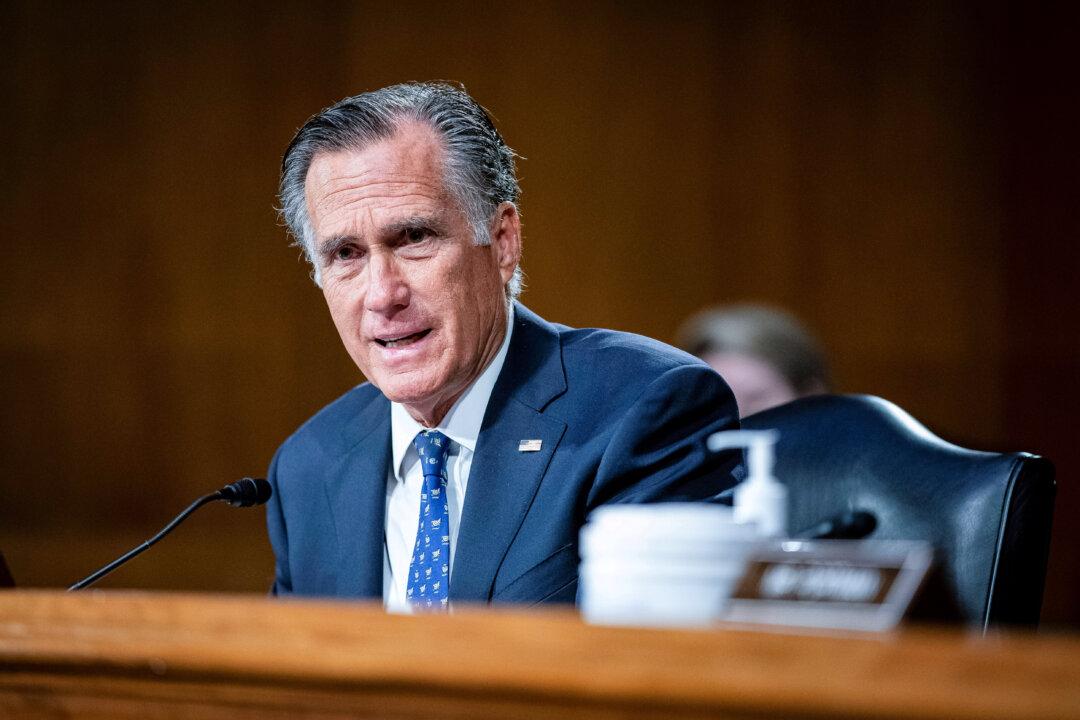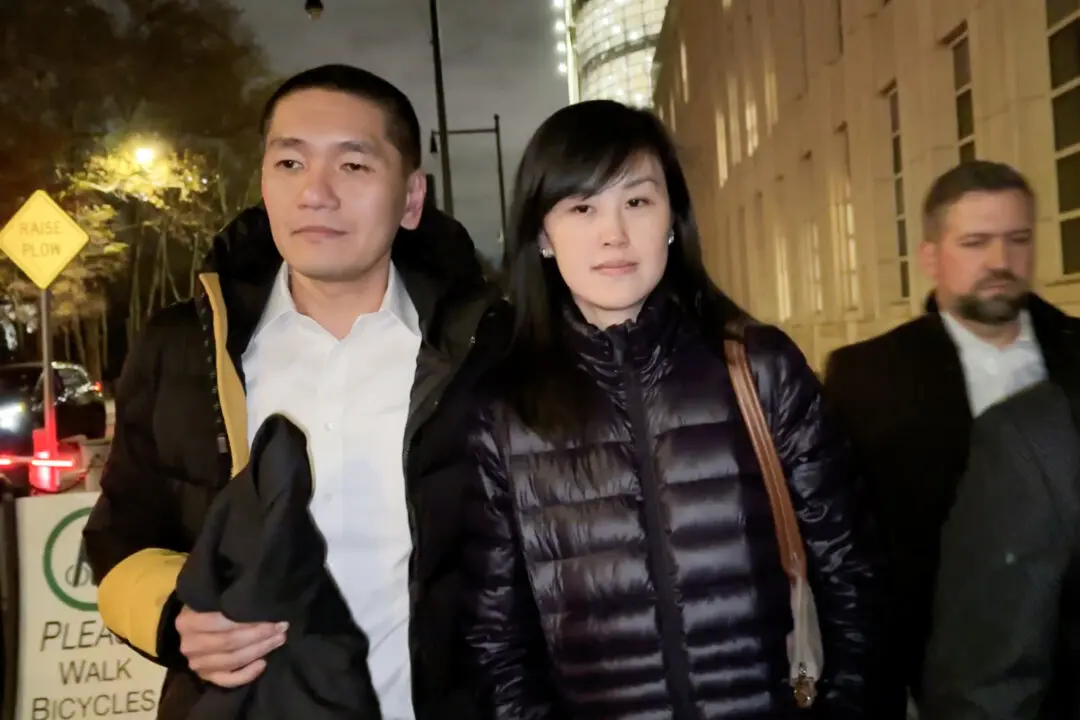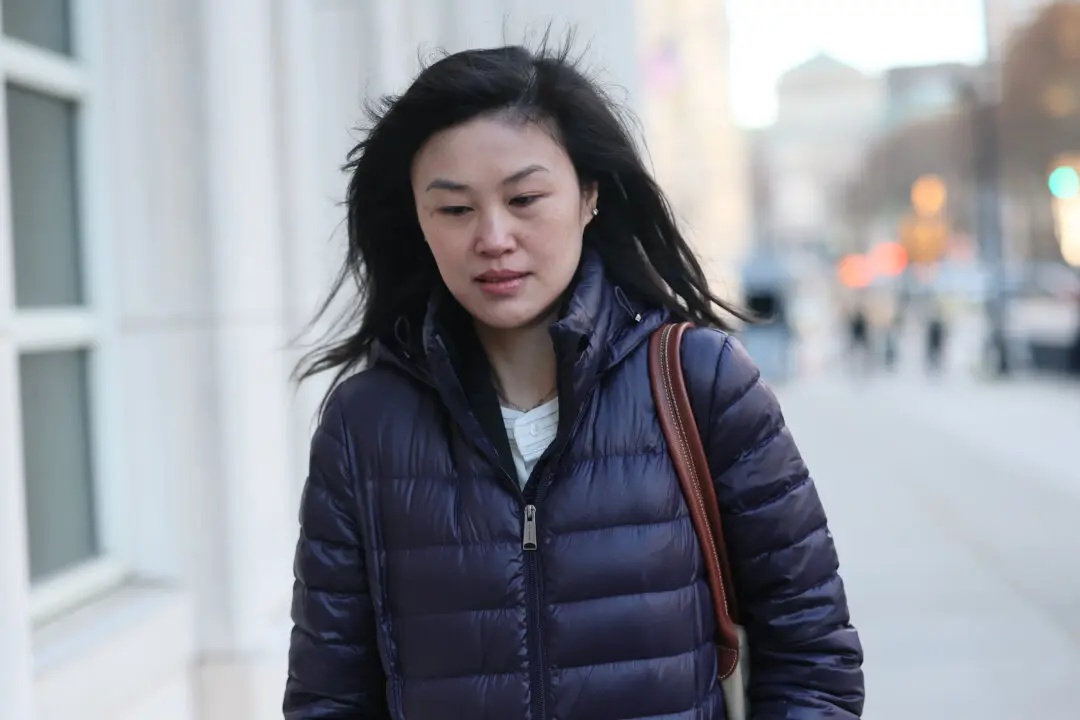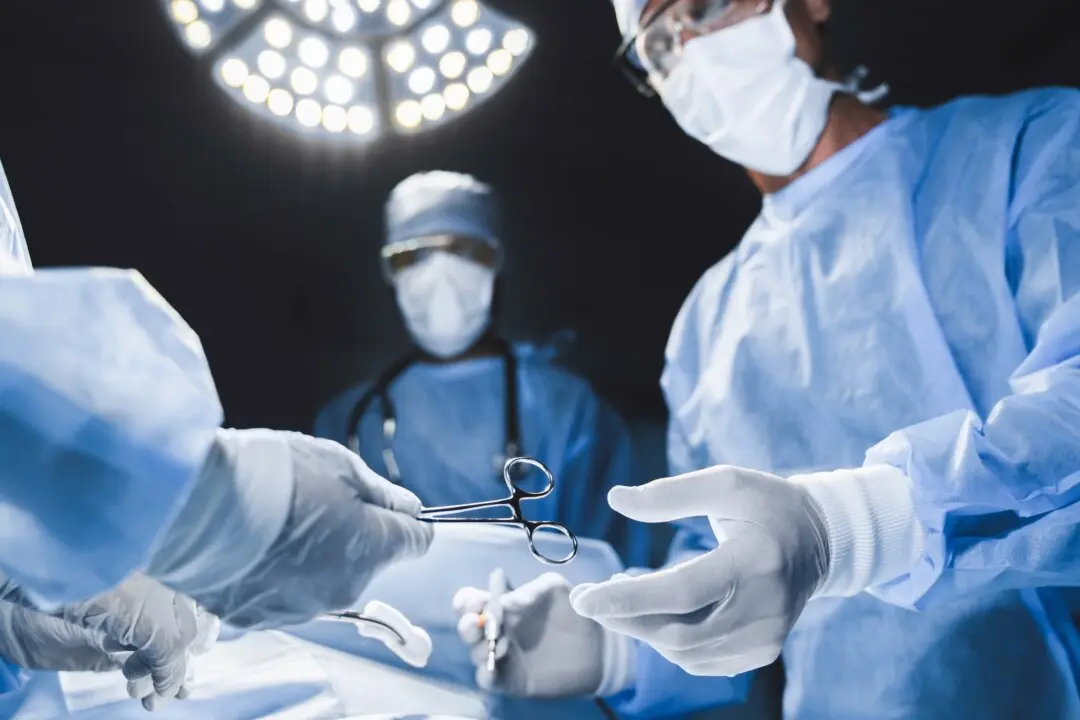The blame is on the Chinese regime no matter how COVID-19 arose, Sen. Mitt Romney (R-Utah) said on June 18.
“Whether it was from a wet market, or the Wuhan lab, China’s to blame. Both those things were in China,” he said at a Senate Homeland Security and Government Affairs Committee hearing that was examining evidence on the origins of SARS-CoV-2, the virus that causes COVID-19.





